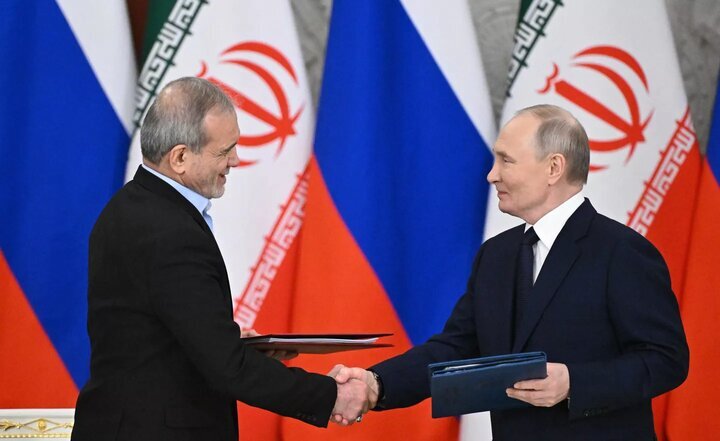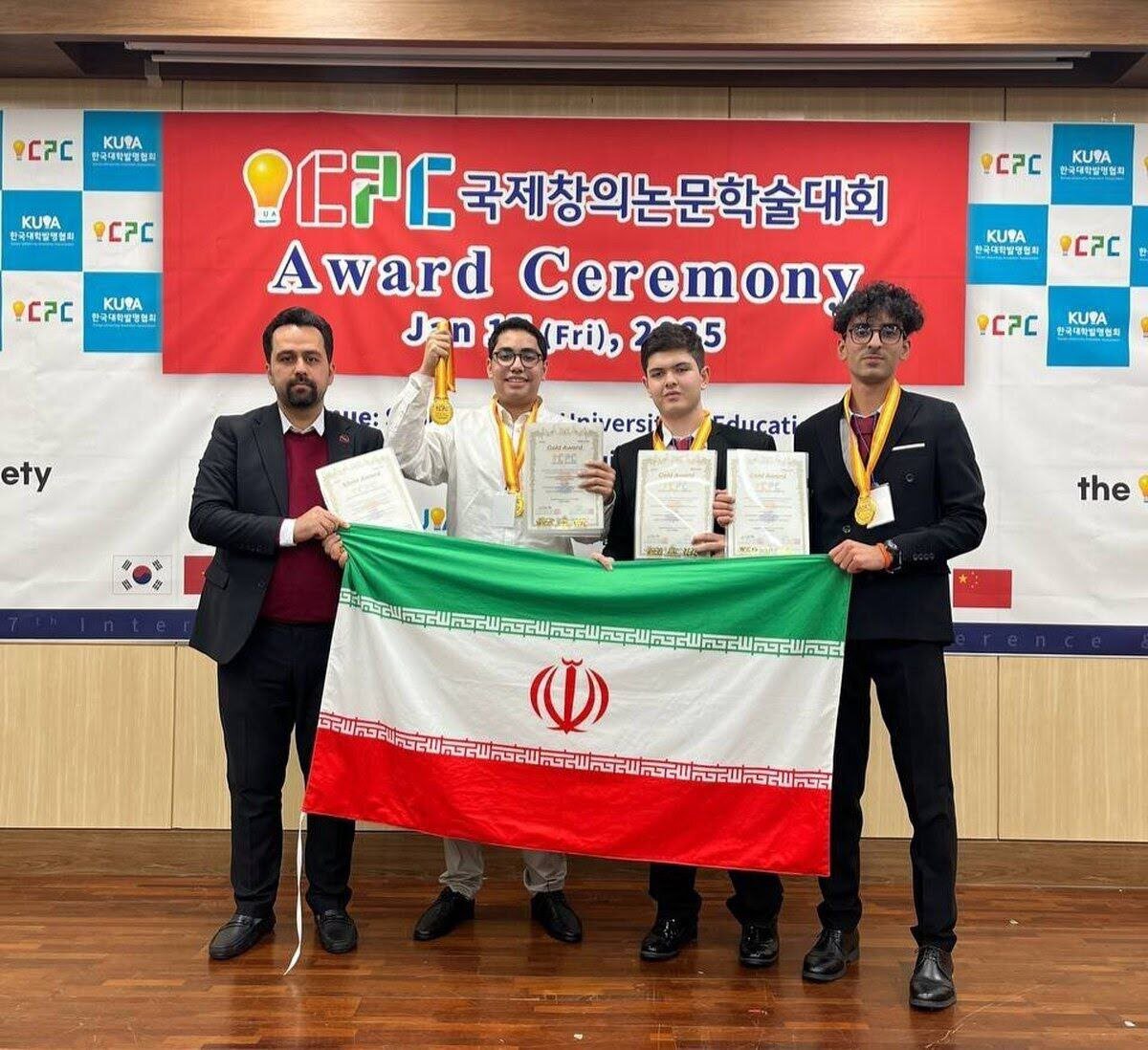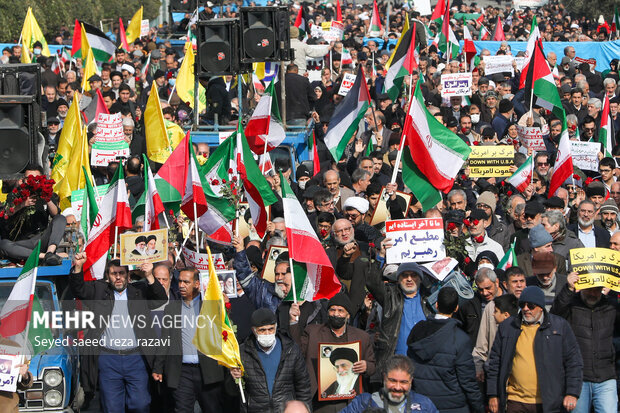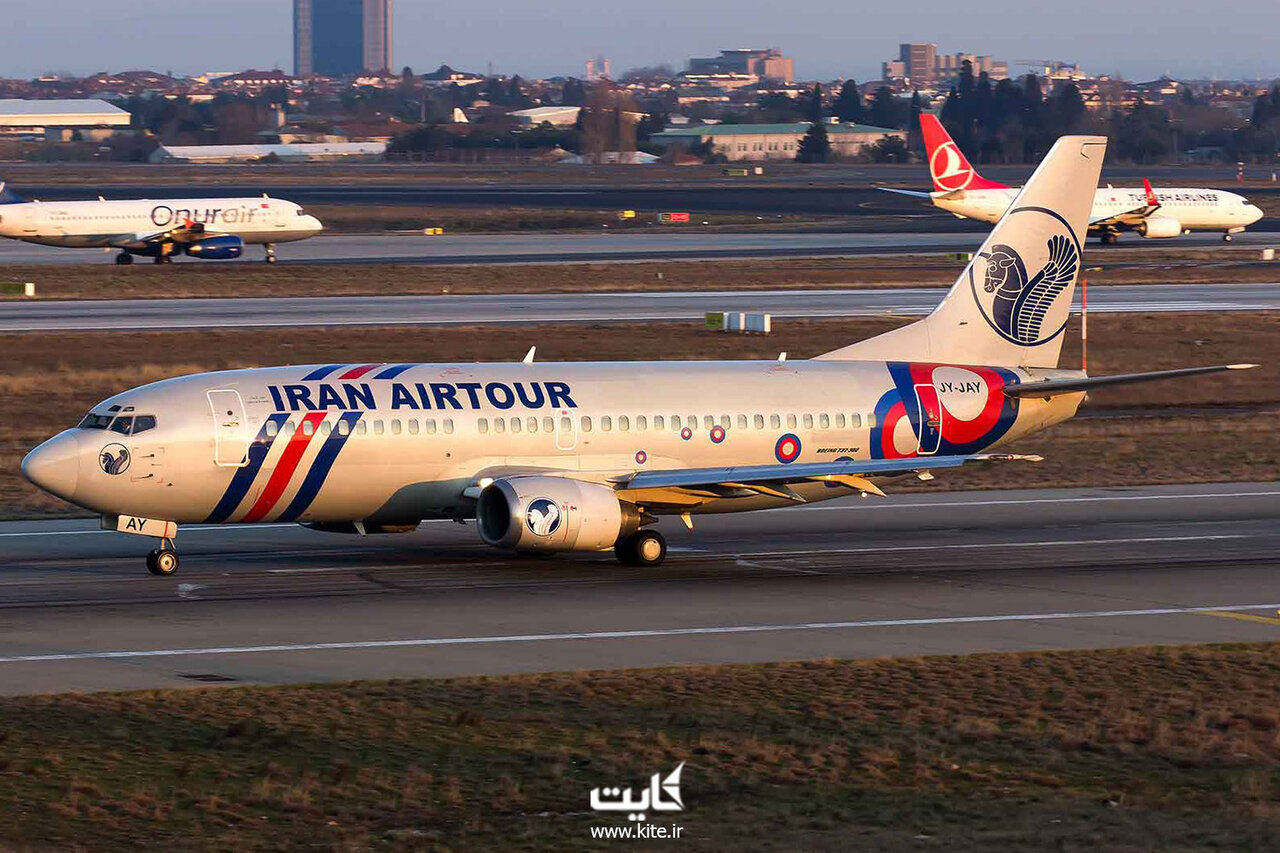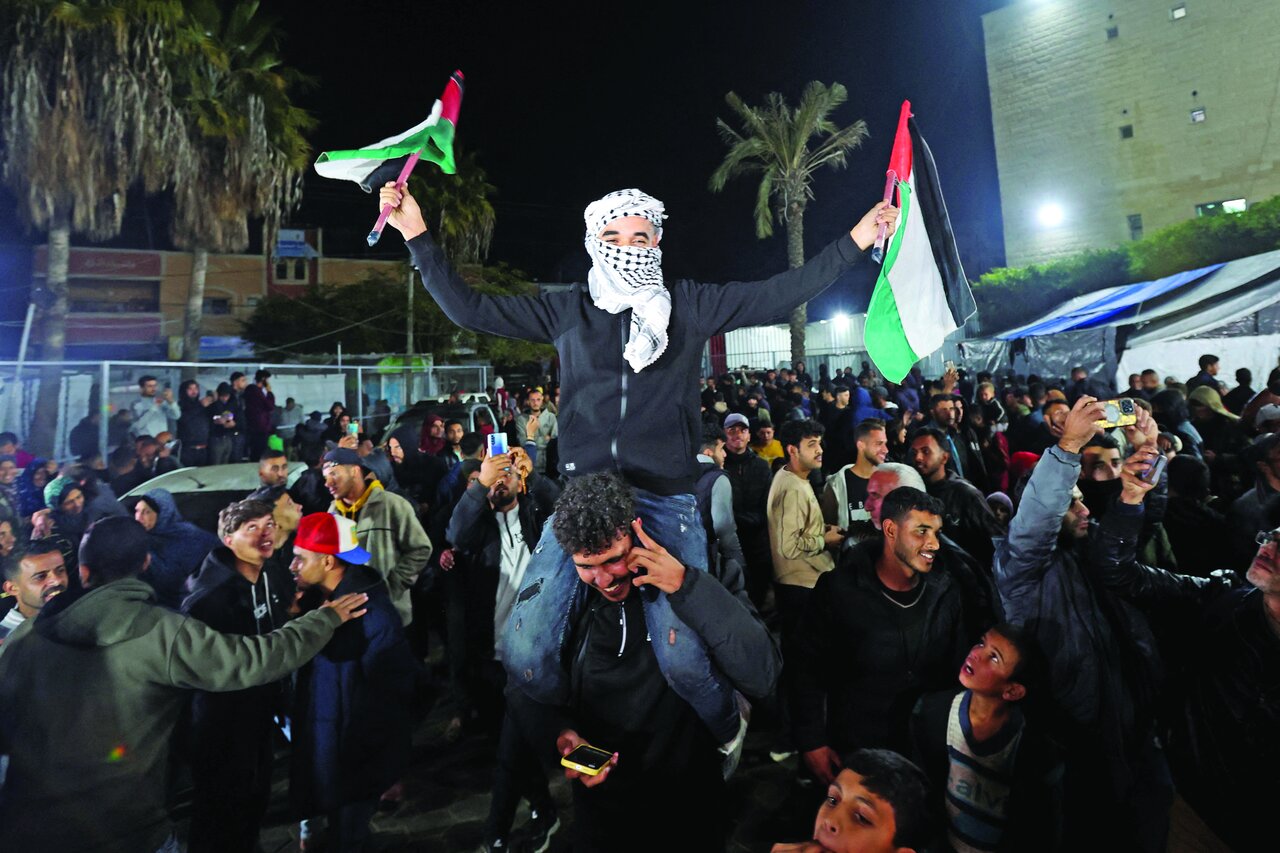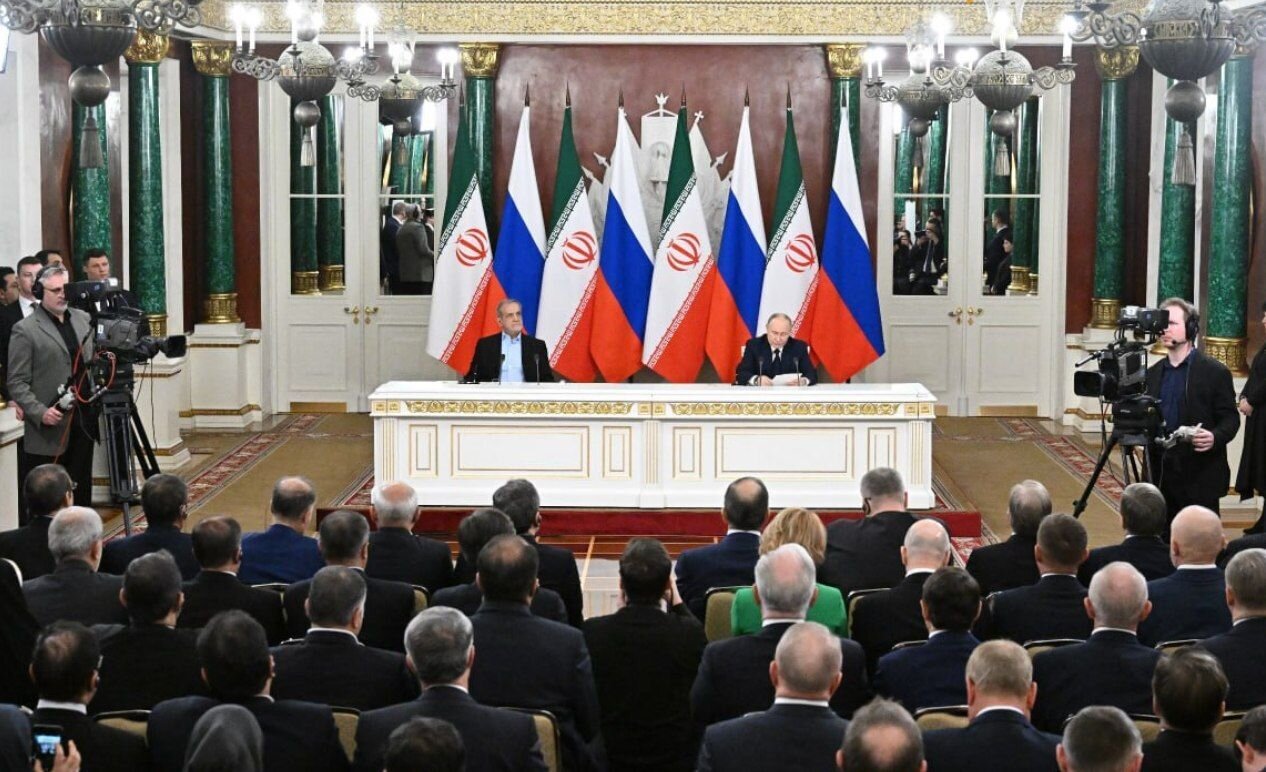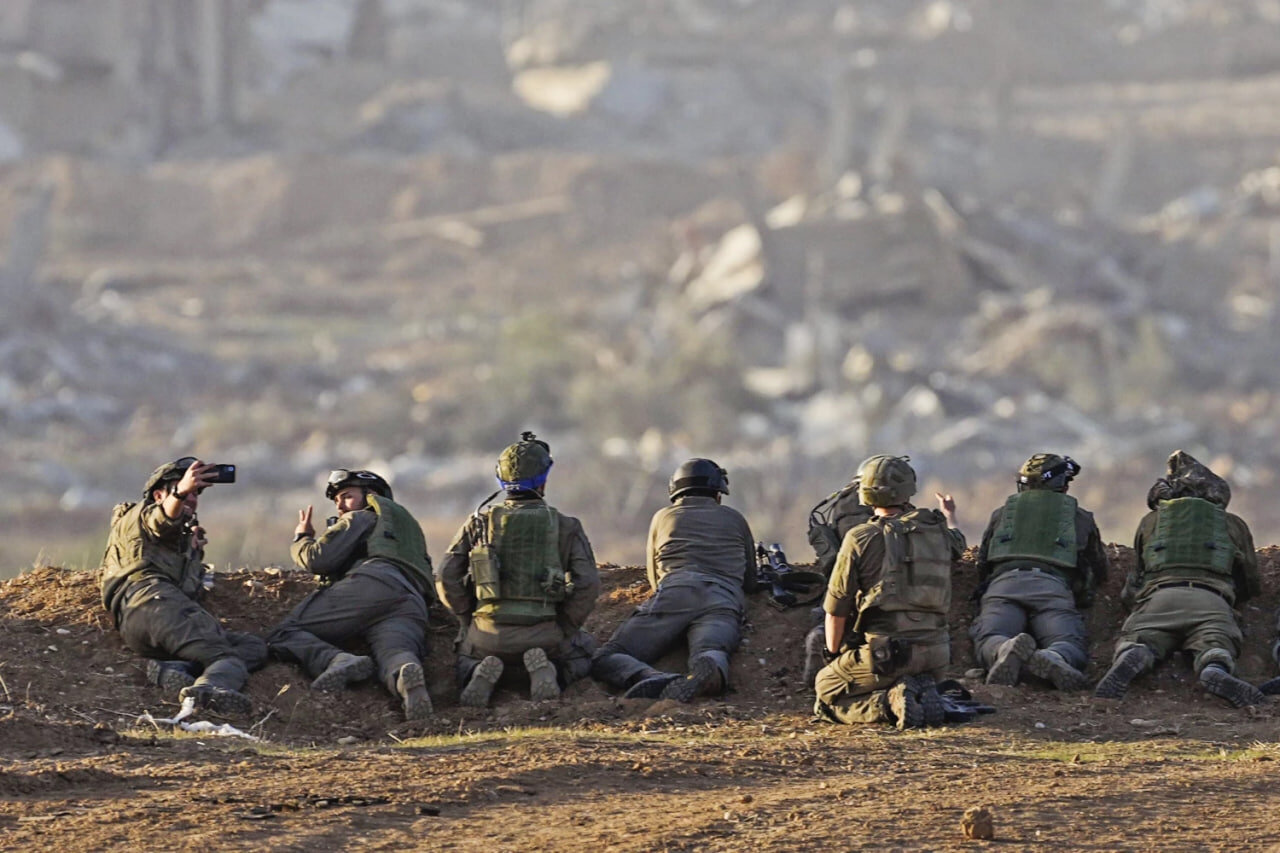
TEHRAN- The Tajik Persian Culture Research Institute was inaugurated in Dushanbe, Tajikistan on Wednesday in a ceremony gone to by the Iranian Minister of Cultural Heritage, Tourism, and Handicrafts Seyyed Reza Salehi-Amiri, the Minister of Culture of Tajikistan Matlubakhon Sattoriyon and a number of Iranian and Tajik cultural and literary figures.Speaking at the ceremony, Salehi-Amiri specified that the Persian language functions as a basic pillar of the cultural identity for both countries, CHTN reported.
Today is a blessed day for the 2 countries of Iran and Tajikistan.
The Persian language is among the most crucial components of the cultural identity of these two nations, which Ferdowsi, as the symbol of this sweet language, has actually protected.
In todays world, violence and disputes have actually imposed heavy expenses on countries, but what remains long-lasting is the cultural and linguistic bond between Iran and Tajikistan, he added.The Persian language is the language of mysticism, ethics, symbols, and rich poetry that has stood firm versus historic intrusions, he noted.Salehi-Amiri emphasized that the opening of this research study institute might declare a new chapter in the cultural relations between Iran and Tajikistan.
He pointed out that the first project of this center would concentrate on investigating the linguistic roots and dialects of Persian and Tajik.He likewise announced that the findings of this research would be presented to the presidents of both nations as a testimony to the deep cultural and historic connection between the 2 nations.This ceremony shows the determination of both countries to maintain and enhance the shared heritage of the Persian language and develop cultural cooperation, he concluded.Persian, also known as Farsi, is an ancient language spoken mostly in Iran, Afghanistan (as Dari), and Tajikistan (as Tajik), boasting an abundant literary heritage that goes back over a millennium.
Its script, derived from Arabic, can at first pose obstacles for students unfamiliar with the right-to-left writing system.
Persian vocabulary is affected by both Arabic and various Turkic languages, adding layers of complexity.
While the phonetic structure of Persian is reasonably straightforward and lacks gendered nouns, the subtleties of its grammar, such as verb conjugations and the use of secondary stipulations, require devoted research study and practice, often making it a gratifying yet tough pursuit for foreign learners.The trouble level of discovering Persian can differ considerably based on a students background and native language.
For speakers of languages that share resemblances with Persian, such as Turkish or specific Indo-European languages, the shift might be smoother due to overlapping linguistic features.However, students from languages with considerably various structures, like Mandarin or Vietnamese, may find the principles of Persian syntax and grammar more complicated.
Furthermore, the rich cultural context embedded in Persian literature and expressions can need learners to engage deeply with cultural recommendations to achieve proficiency.
Numerous learners discover studying Persian to be an enhancing experience, enabling them to acquire insight into a varied and traditionally significant culture.SAB/

 8
8







